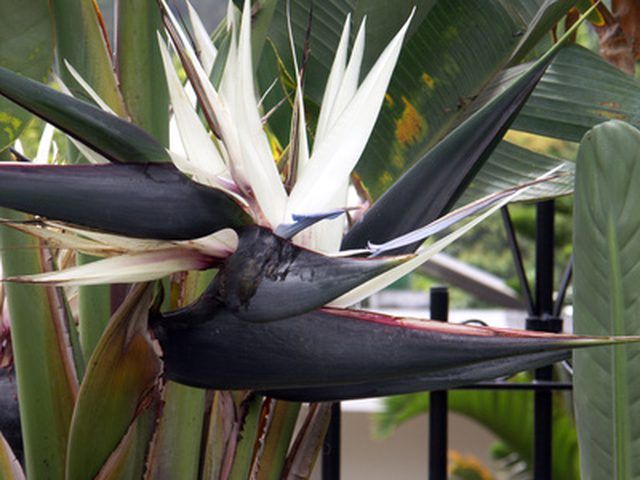Bulbs
Flower Basics
Flower Beds & Specialty Gardens
Flower Garden
Garden Furniture
Garden Gnomes
Garden Seeds
Garden Sheds
Garden Statues
Garden Tools & Supplies
Gardening Basics
Green & Organic
Groundcovers & Vines
Growing Annuals
Growing Basil
Growing Beans
Growing Berries
Growing Blueberries
Growing Cactus
Growing Corn
Growing Cotton
Growing Edibles
Growing Flowers
Growing Garlic
Growing Grapes
Growing Grass
Growing Herbs
Growing Jasmine
Growing Mint
Growing Mushrooms
Orchids
Growing Peanuts
Growing Perennials
Growing Plants
Growing Rosemary
Growing Roses
Growing Strawberries
Growing Sunflowers
Growing Thyme
Growing Tomatoes
Growing Tulips
Growing Vegetables
Herb Basics
Herb Garden
Indoor Growing
Landscaping Basics
Landscaping Patios
Landscaping Plants
Landscaping Shrubs
Landscaping Trees
Landscaping Walks & Pathways
Lawn Basics
Lawn Maintenance
Lawn Mowers
Lawn Ornaments
Lawn Planting
Lawn Tools
Outdoor Growing
Overall Landscape Planning
Pests, Weeds & Problems
Plant Basics
Rock Garden
Rose Garden
Shrubs
Soil
Specialty Gardens
Trees
Vegetable Garden
Yard Maintenance
How Does the Bird of Paradise Flower Adapt to the Environment?
How Does the Bird of Paradise Flower Adapt to the Environment?. The process of adaptation has occurred in Strelitzia species, also known as bird of paradise flowers, mostly to favor bird pollination. Native to South Africa, these tropical plants produce abundant nectar through their bright orange and bluish flowers. A hard spathe is also the result...

The process of adaptation has occurred in Strelitzia species, also known as bird of paradise flowers, mostly to favor bird pollination. Native to South Africa, these tropical plants produce abundant nectar through their bright orange and bluish flowers. A hard spathe is also the result of adaptation mechanisms. It works as a perch for birds that approach to have a drink of nectar.
Types of Adaptation
According to Grant and Grant in the book "Hummingbirds and Their Flowers," mechanisms of adaptation occurred in species such as the bird of paradise are related to attraction, protection and pollination.
Attraction and Protection
To attract birds, the bird of paradise has plentiful nectar and vivid red, orange, yellow, green and blue. As perching birds are bigger than bees, these flowers also had to protect their reproductive organs through the transformation of a leaf into a tougher, cartilaginous structure: the spathe or bract.
Pollination
When sitting on the robust flower's spathe, birds that feed on nectar are also contributing to the pollination. The bird's weight opens the flower, covering the bird's feet with pollen. Later, it will be carried to another flower, thus finishing the pollination process. Perching birds probe from above for nectar, which has resulted in another evolutionary adaptation: Strelitzia flowers are upwardly oriented.
Strelitzia juncea
Although Strelitzia reginae is the better known of all bird of paradise flowers, it is not the only one. While the S. reginae was named after British Queen Sophia Charlotte-from the House of Mecklenburg-Strelitz-the plant S. juncea comes from the Latin "juncus," which means "rush." However, it was only in 1974 that S. juncea was confirmed as a different species, instead of a variety of S. reginae. S. juncea has adapted to extreme conditions, from very dry soils and light frosts to copious rain.
Strelitzia nicolai
S. nicolai has a woody steam, grows up to 30 feet high and produces white and purplish-blue flowers. This species resembles the exuberant bird of paradise, which they have been named after. The name "nicolai" is to honor Czar Nicholas of Russia.
